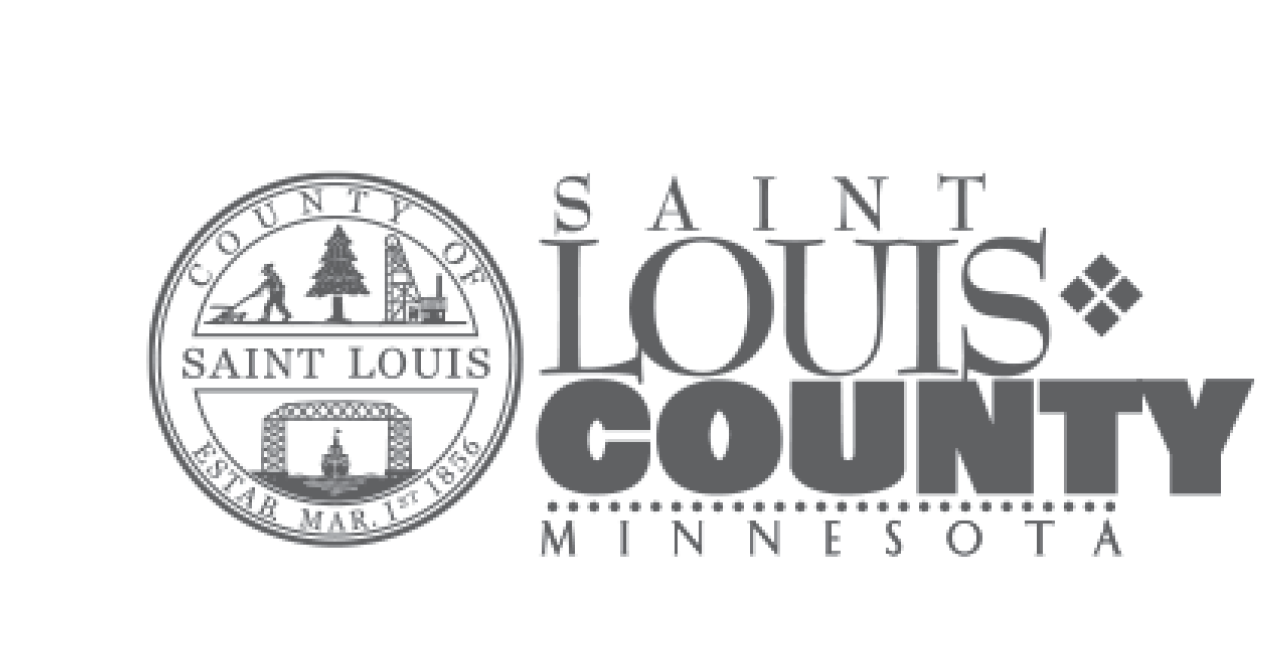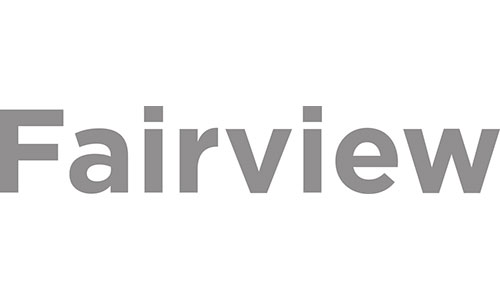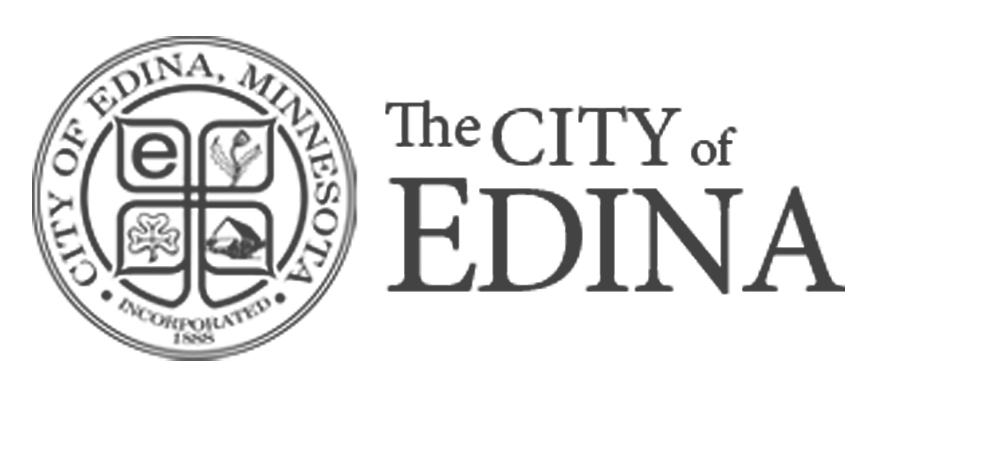You can’t put together a new site, willy nilly. Well, you can, but it’d probably look and act like something from the nineties. That’s why we have a thought-out and well-tested methodology for site building. This list of laws ensures we don’t miss anything, and you get exactly the website you asked for. Depending on the size of the site, this timeline can take a month to a year. Here’s what to expect.

Our Website Process
- Discovery Phase
- Gathering information, purpose, goals, target audience
- User Experience
- Persona development
- Information architecture (IA) and sitemap
- Planning ahead: site flow, user flows, and wireframing
- Design Page Layouts, Review
- Site Production (Development)
- Coding
- Content migration
- Testing, delivery, and review
- Pre-Launch
- Launch
- Maintenance and support
- Analytics
- Continuous content creation
1. Gathering information, purpose, goals, target audience
The first step in the Discovery phase is dedicated to gathering all the research and information you will need for the entire scope of your website. All of this information gathering serves a purpose as you build your website — everything should be based on the evidence you compile from your research. This research can be completed externally or in-house.
2. User Experience
Persona development
A persona is a semi-fictional representation of your target customer. It represents the needs, interests, and goals of someone who uses your product or service. It pays to learn who your target audience is rather than making assumptions. It’s what will drive your content creation as well as your website’s design and functionality.
Information architecture (IA) and sitemap
The art and science of organizing content and the flow of a website is called “information architecture.” The end result of the information architecture = the big picture for your website’s design.
Planning ahead: site flow, user flows, and wireframing
Site flow: A site flow allows you to see which pages will be linked to which. It’s essentially a large, high-level map of all of your pages.
User flow: It looks at what paths a user is likely to take to get from point A to point B on your site — often called the user journey.
Wireframing: It is a basic visual guide of the site’s design and functionality.
3. Page layouts, review
This is where creativity begins to merge with functionality. We bring everything together with the goal of making your information and content clear, concise, and user-friendly.
Content management
After you’ve met with your content team, decided on content, and established your content management system (CMS), it’s time for content migration — or moving from one platform to another.
4. Coding
Coding is a precise set of instructions that your website needs in order to function. Typically, a developer begins by creating the homepage, then adds on the subpage.
5. Pre-Launch
Testing, delivery, and review
As we get closer to launch, it’s critical to test your site. This ensures that it complies with current web standards, is running at optimal function, and is accessible to your target market.
6. Launch
Your domain is set and you’ve checked every box. It’s time to launch! We suggest launching on a day/time when your target audience is active online — meaning not Friday after 5:00. Once you’ve changed your Domain Name System (DNS) or sent the launch IP address your site has launched! Time to celebrate. We’re not done yet, though!
Maintenance and support
You can’t just drop your website off and leave it. Testing your website should become routine. Consider monthly maintenance or optional monitoring on your site, this ensures your site is always running smoothly.
Analytics
In order to gage your traffic behavior, you must monitor your analytics. This data will help you better tailor your content and website to fit the needs of your target audience.
Continuous content creation
Keep the content rolling. It keeps potential customers visiting your site and helps your ranking on Google. Don’t just make any content, make sure it’s timely, relevant, and valuable. Remember, content is key to building trust with your customers.
That’s all folks!
There you have it, our website process. We hope this gives you a better understanding of what goes into creating a website. If you have any further questions, connect with us or read more about website development here.
{{cta(‘5d92e304-794b-4f4f-bdeb-8979006a3a88’)}}



